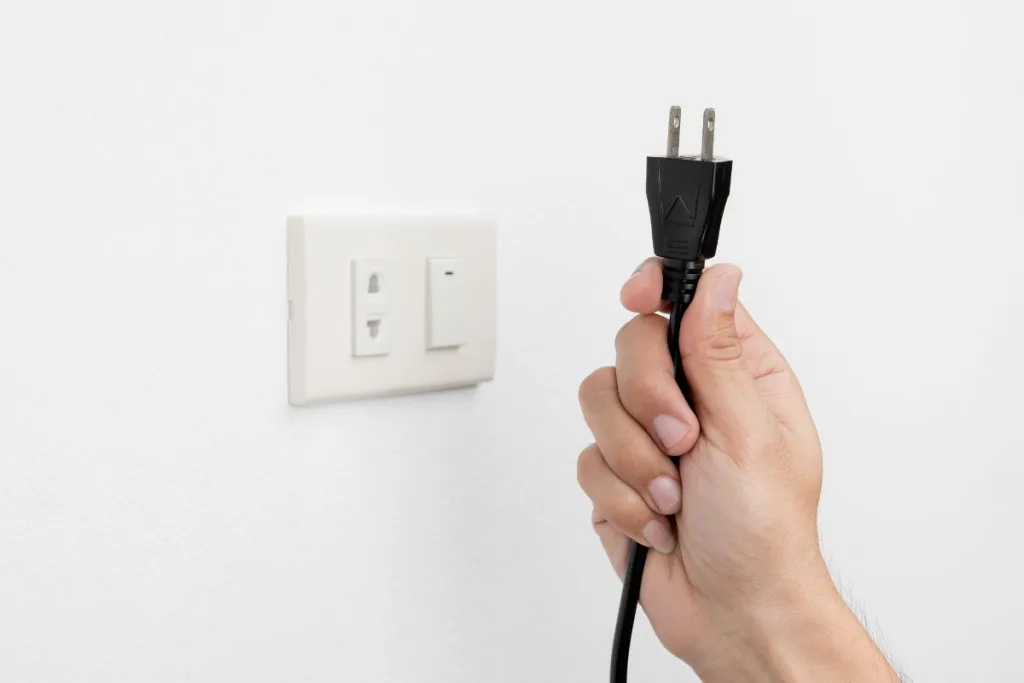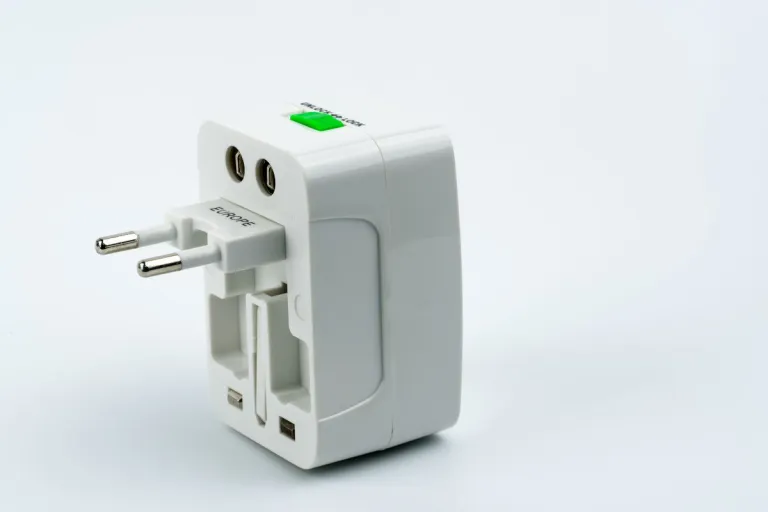Not just Boracay...
The Ultimate Muslim Traveller’s Guide to Plugs, Voltage & Charging Overseas

Let’s be honest — when we’re planning our travels, we usually get excited about the food, the sights, and the mosques we’ll visit. But have you ever landed in a new country, pulled out your phone to check the Qibla direction or prayer times, and realised… you can’t even charge it? Yep, a simple plug can ruin your plans.
Don’t worry, we’ve got your back. Here’s a simple, Muslim-friendly guide to keeping your gadgets powered up wherever your travels take you — so you can stay on top of prayer times, find halal eats, and snap those Instagram-worthy moments.
Know Your Home Setup (and Why It Matters)
If you’re from a country like Singapore, Malaysia, or the UK, you’re used to 230 volts, 50 hertz, and the big three-pronged Type G plug. Other countries use different voltages and plug shapes — which means without the right adaptor or converter, your phone, power bank, or even your travel kettle could be useless.
Common Plug & Voltage Setups Around the World

Image credit: Fahroni | Canva Pro
1. United States & Canada
Type A and B plugs, 110–120 volts. Dual-voltage chargers (like most phone chargers) are fine, but other gadgets might need a converter and definitely an adaptor.
2. Japan
Type A and B plugs, 100 volts. Your chargers will probably work, but single-voltage devices (like some hairdryers) may not.
3. Philippines
Type A (some B) plugs, 220 volts. Voltage is similar to many Muslim-majority countries — just bring an adaptor.
4.Europe
Type C and F plugs, 220–240 volts. Your devices will work, but you’ll need a plug adaptor.
5. South Korea & Indonesia
Type C and F plugs, 220–230 volts. Compatible voltage, adaptor needed.
6. Australia & New Zealand
Type I plugs, 230 volts. Just an adaptor is required.
7. Other parts of Southeast Asia
Expect a mix (Type A, C, B, F). Voltage is usually 220–240 volts, so a universal adaptor is your safest bet.
Adaptors vs. Converters (and Why Most of Us Just Need One)
An adaptor changes your plug. A converter changes voltage. Most modern gadgets, like phones and laptops (with all your prayer and travel apps), are dual-voltage, so you only need an adaptor. Check your charger label: if it says “100–240V, 50/60Hz,” you’re set.
Why This Matters for Muslim Travellers
Running out of battery isn’t just an inconvenience — it can mean missing adhan notifications, losing your halal restaurant list, or even struggling to navigate to a nearby mosque. Staying charged helps you keep your trip smooth and stress-free.
Pro Charging Tips for Your Next Trip
One of the easiest ways to avoid running out of battery is to pack a universal travel adaptor with USB ports, so you can charge multiple devices at once without fuss. If you’re staying somewhere with limited sockets, a slim power strip will be a lifesaver, letting you charge everything from your phone to your camera all at once.
It’s also smart to charge your gadgets overnight when demand is low and outlets are free. For destinations prone to blackouts or unstable power, bring along a small surge protector to keep your electronics safe. And don’t forget to carry a compact power bank — perfect for long days of sightseeing or taking breaks for prayer in areas without outlets.
Stay Powered, Stay Connected
It’s easy to forget about plugs and voltage when planning a trip, but a little prep goes a long way. With the right gear, you’ll never miss a prayer alert, a halal food find, or that perfect travel snapshot. Stay charged, and focus on the memories — not the sockets.
Published at
About Author
Aimi Zulkiflee
Subscribe our Newsletter
Get our weekly tips and travel news!
Recommended Articles
10 Best Halal-Friendly Destinations in The Philippines for Muslim Travellers 10 Best Places for Muslim Travellers to See Tulip Festivals in 2025 Fun Fact: Tulips didn’t actually come from the Netherlands but Türkiye!
10 Halal Anime Food Guide for Muslim Travellers in Japan Muslim-friendly versions of popular anime dishes across Japan!
Top 10 Popular Muslim-Friendly Destinations to Visit in 2025 Our schedules are packed, buddies!
10 Halal Restaurants in Bangkok to Satisfy Your Thai Cravings From Korean-style BBQ and Punjabi curries to award-winning shrimp Pad Thai, take your pick from these amazing Halal restaurants in Bangkok.
Latest Articles
US Could Require Travellers to Share Five Years of Social Media History to Enter It will only apply to travellers who use ESTA under the Visa Waiver Program!
11 Popular Halal Culinary Gems in Denpasar, Bali You Absolutely Need to Try Your essential guide to the most delicious Halal culinary gems in Denpasar.
Thailand-Cambodia Conflict 2025: Muslim-Friendly Travel Precautions & Tips At least 438,000 civilians evacuated!
AirAsia Introduces Hijab Option for Muslim Cabin Crews Alhamdulillah, all female Muslim crew will officially have the choice to wear the hijab on any AirAsia flight
Your Ultimate Guide How to Get Your Self-Guided Umrah Visa & Pilgrimage Access Get Started with Your Umrah Planning!

